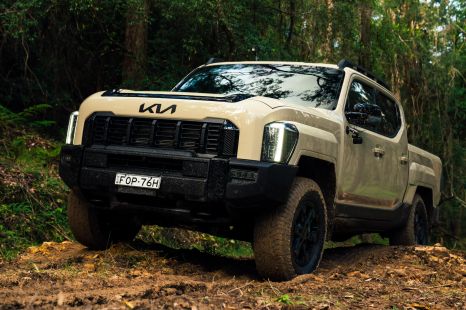

James Wong
3 Days Ago
The new Polestar 2 is perhaps the most rounded competitor to a $60,000 base Tesla – on the spec sheet at least.
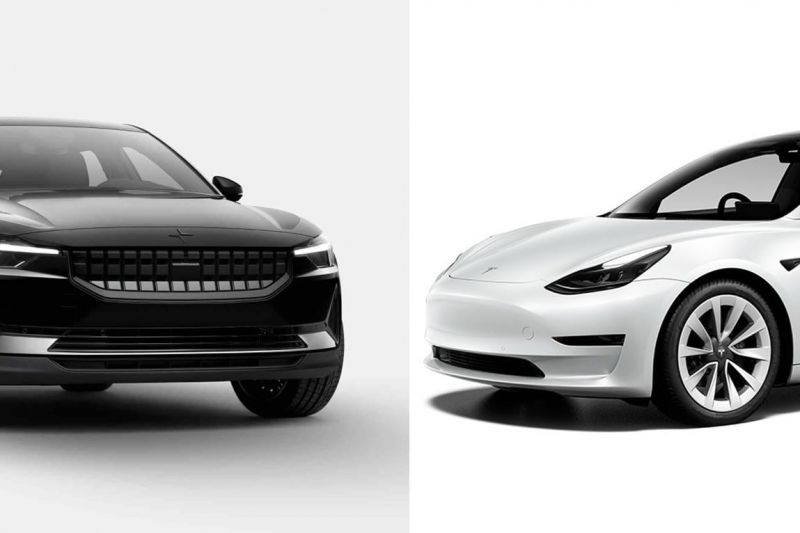
The Tesla Model 3 deservedly outsells all other electric cars in Australia combined, but its competition is about to get a whole lot more appealing.
Exhibit one is the soon-to-launch Polestar 2, which as revealed last week pretty much matches the Tesla when it comes to size and driving range – and exactly matches its entry price.
It also promises a direct-to-customer model, online sales and configuration, over-the-air updates, app integration, and cheap servicing costs.
We’re yet to get behind the wheel of this new entrant, but for those looking for their first EV, this specs shootout should prove helpful.
The black and white images used are direct from each brand’s configurator and represent the base car. We’ve interspersed our own archive pics too.
MORE: Why a Tesla Model 3 is the best affordable electric car
You all know what Tesla is. Elon Musk is about as ubiquitous as celebrities come. But Polestar?
Polestar is a four-year old Volvo Cars and Geely Holding joint-venture “electric performance car brand” poised to go public on the NASDAQ with a $27.5 billion valuation. It’s on sale in much of Europe, the USA, and China already.
It intends to further shake up the landscape with direct-to-consumer online sales supported by physical stores and test-drive centres in “cities around Australia”. This is much like Tesla’s customer model and not like Volvo’s.
Polestar’s headquarters are in Sweden but the 2 is built in China just like the Tesla. It will soon open a plant in the United States to build electric SUVs.

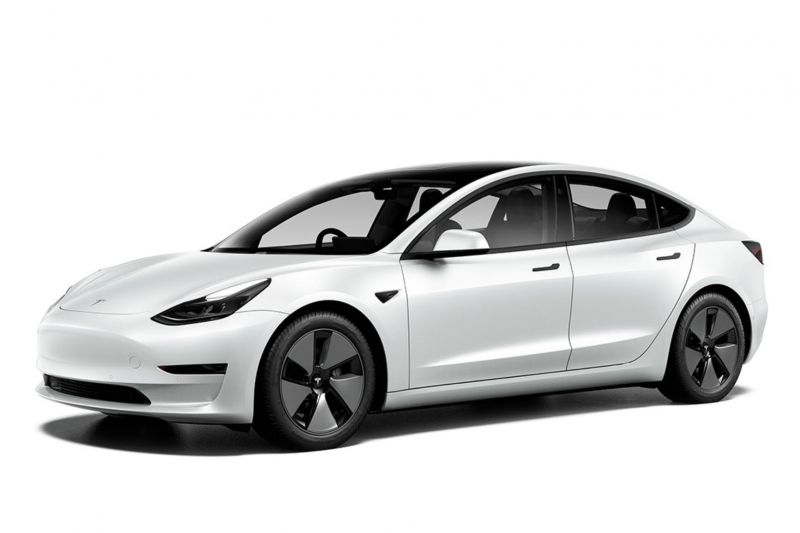
Both have an entry price of $59,900 before on-road costs (stamp duty, rego, delivery fees) in their entry-level variations.
Each meets the criteria for purchase incentives available across Australia. Just search your State or Territory government’s electric car policies to see which apply to you.
New South Wales offers $3000 rebates, and waives stamp duty. Victoria likewise has applicable $3000 rebates, but also charges an electric car road-user fee.
Pricing before on-road costs:
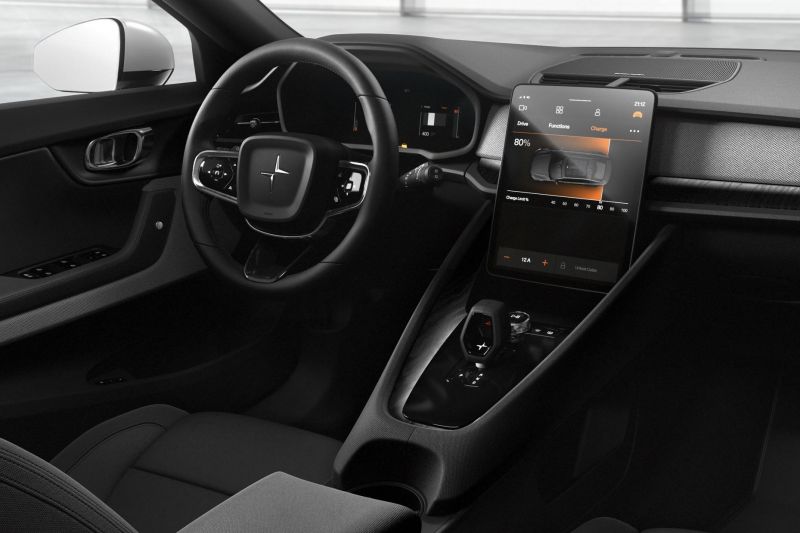
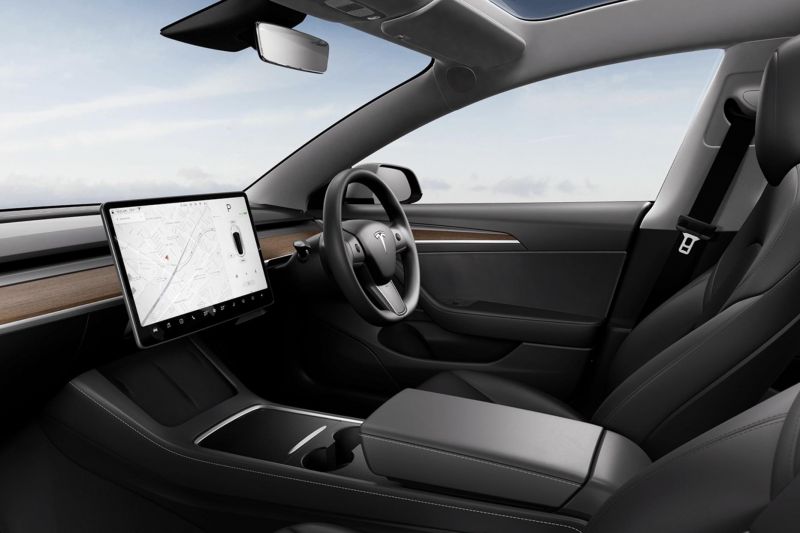
| Polestar 2 | Tesla Model 3 | |
|---|---|---|
| Wheels | 19-inch | 18-inch |
| Front seats | Textile trim | ‘Vegan’ leather |
| Seat heating | Front | Front and rear |
| Glass roof | Option | Standard |
| Touchscreen | 11.2-inch | 15.0-inch |
| Infotainment | In-house | |
| Live traffic nav | Standard | Standard |
| USB-C ports | Front & rear | Front & rear |
| Wireless charger | Option | Standard |
| AEB | Standard | Standard |
| Lane-keep assist | Standard | Standard |
| Adaptive cruise | Option | Standard |
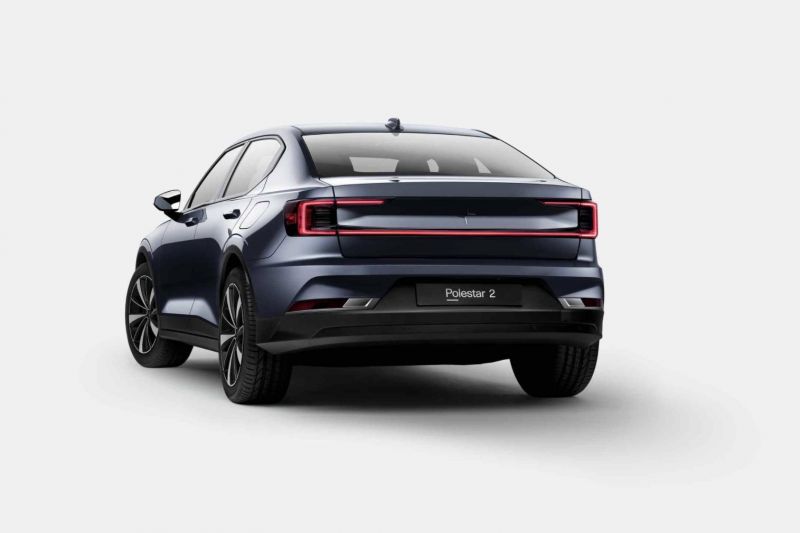

Both models come with longer-range batteries and dual-motor higher-performance variations, but in this piece we’ll stick to the base cars.
There are various extras that you can add via the configurators.
Polestar has kept the cost down by offering three broad options packs focused on driver assist, luxuries, or performance. Telsa stings you extra for different paint, trims and wheels, and to engage the Autopilot system.
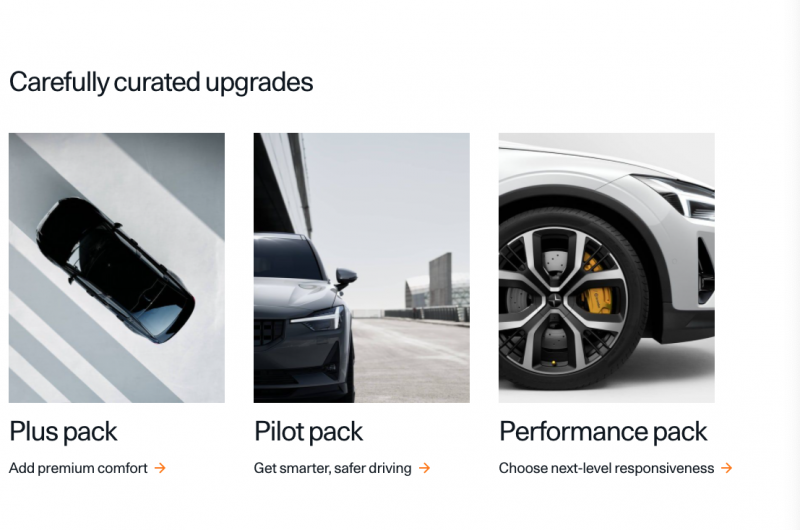
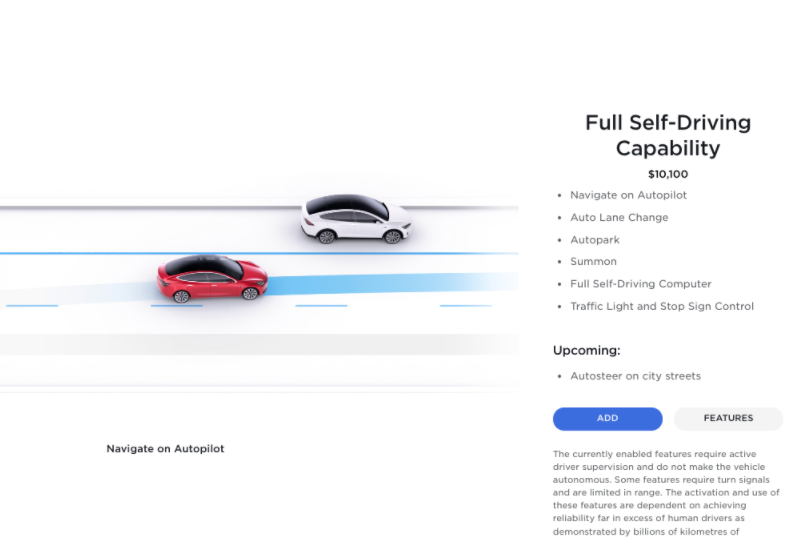
Polestar:
Tesla:


The Polestar 2 measures 4606mm long, 1985mm wide, and 1479mm tall – 88mm shorter, 52mm wider, and 36mm taller than the Tesla Model 3.
To put this size into context, they’re about as long as a Toyota Corolla sedan, so perhaps not quite as big as you’d think.
The Model 3 rides on a bespoke skateboard-style electric car platform, whereas the Polestar 2 sits on Volvo’s CMA platform that also underpins various combustion vehicles such as the XC40.
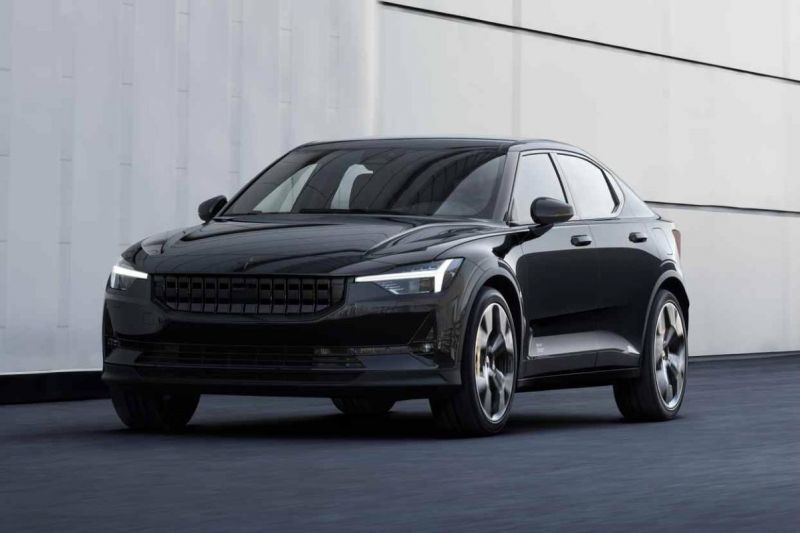
Tesla takes the chocolates in both areas. Against the WLTP testing standard the Model 3 has an expected range of 448km, versus 440km for the Polestar.
At the same time it has more power from its single drive motor – 211kW versus 165kW – meaning its zero to 100km/h claim is 1.8sec faster: 5.6sec versus 7.4sec.
The Tesla is more efficient, considering the Model 3’s 54kWh battery energy capacity is lower than the Polestar’s 64kWh.
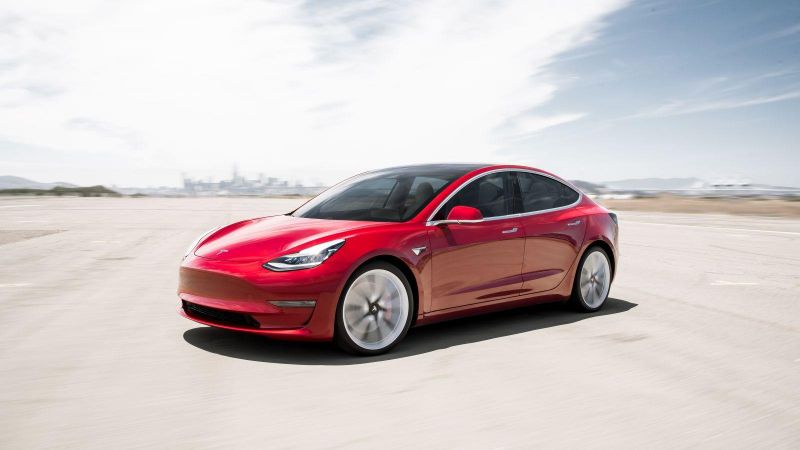
One big difference is that the base Polestar is front-wheel drive whereas the Tesla is rear-wheel drive. Both come with dual-motor upgrades and AWD.
The two cars use slightly different battery types: the Tesla uses lithium Iron Phosphate batteries whereas Polestar uses more familiar lithium-ion batteries.
There are multiple pros and cons for each: but at their core the former is lower cost, and the latter offers greater energy density. Yet as Tesla shows, efficient motors and brake-energy recuperation can overcome this.
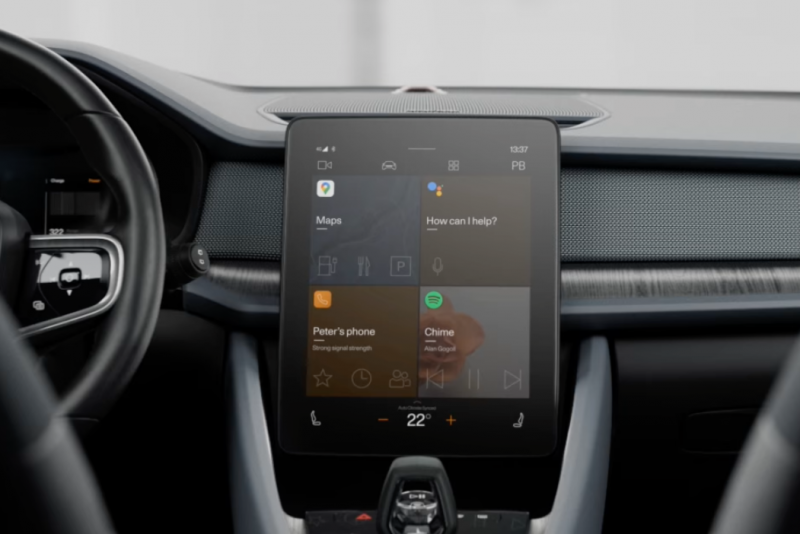
Polestar 2:
On the technology front you can use the Polestar app to unlock the vehicle by holding your phone next to the handle and monitor the car remotely.
The Polestar 2 is also an early adopter of the Android Automotive infotainment system from Google, on an 11.2-inch centre screen. That means native Google Maps, conversational voice control, and integration with the Google Play Store.
Over-the-air (OTA) updates have been promised, to keep the infotainment up to date.
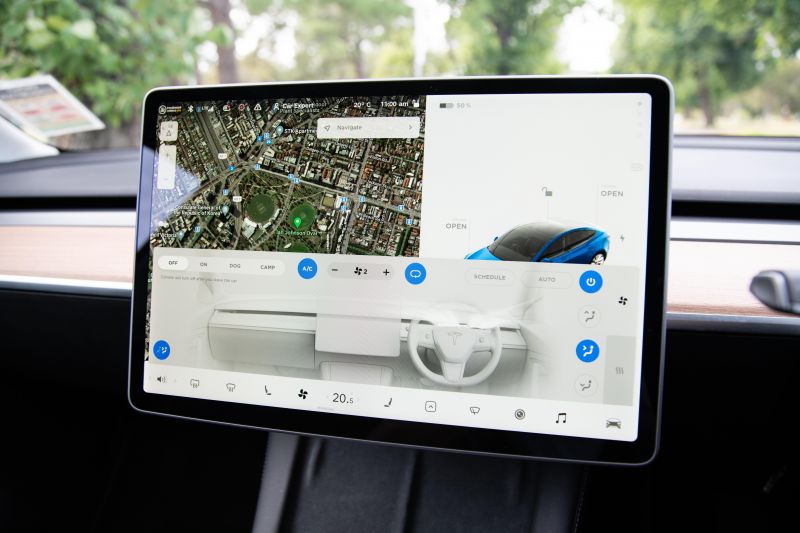
Tesla Model 3:
Tesla’s app lets you monitor, unlock and start your Model 3, schedule charging, and track your car with GPS.
The massive 15.0-inch centre screen that dominates the minimalist interior runs a unique operating system integrated with industry-leading OTA.
The Tesla also brings Sentry Mode which uses the car’s external cameras to help monitor potential threats.
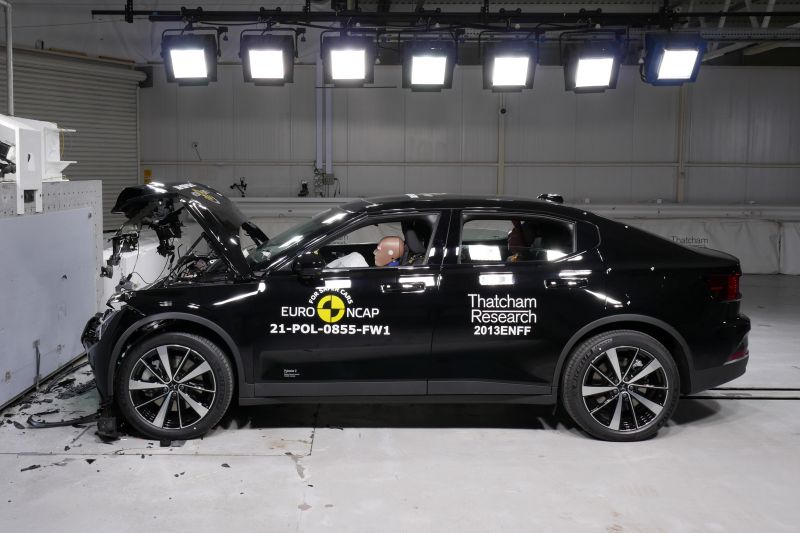
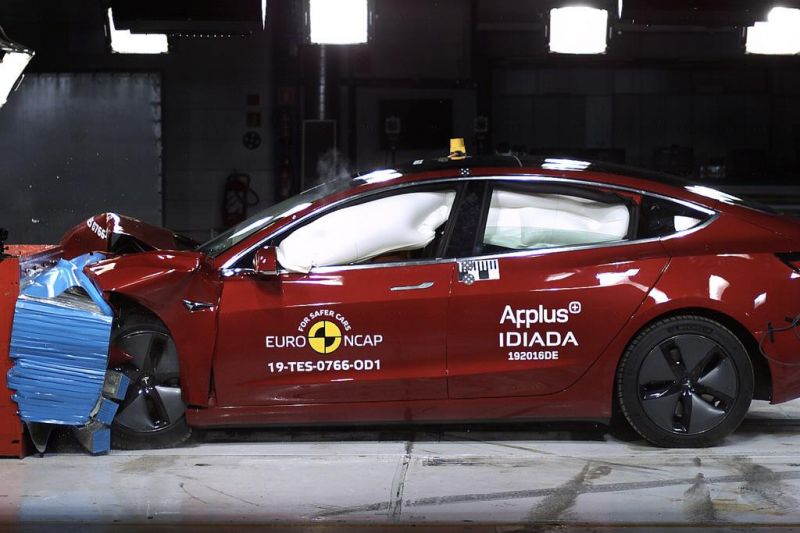
As mentioned higher up you can fork out for the full range of driver-assist features. Polestar’s decision to make the active cruise control cost extra is a bit unusual, and it’s standard on the Tesla.
But both come standard with various systems including autonomous emergency braking, and lane-keeping aid with steering intervention. Each car has the maximum five-star crash rating from NCAP.
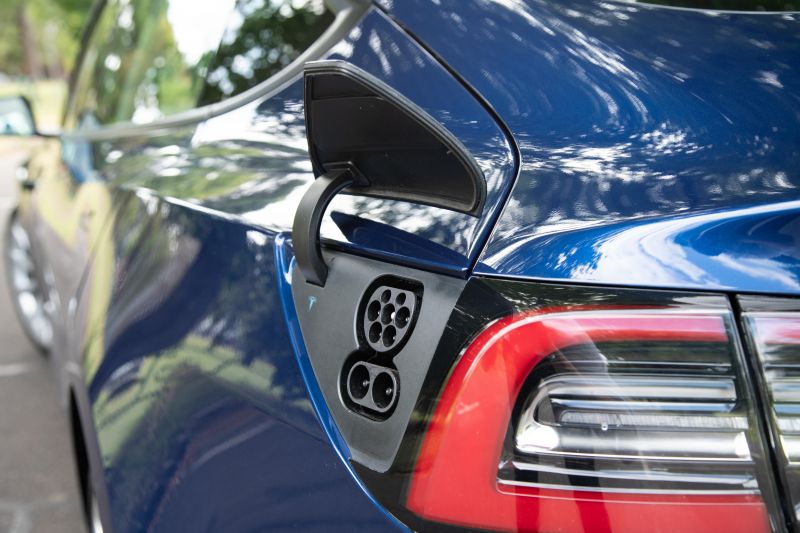
Electric cars still need maintenance, just less than internal-combustion vehicles do. Things like tyre rotations, wheel alignment, and cabin air filter and brake fluid replacements are all needed.
Servicing-wise Tesla uses mobile technicians and leans on remote diagnostic and over-the-air updates. It promises visits to an actual workshop are rare.
Polestar will tap into Volvo’s fairly extensive dealer network for maintenance needs, and from launch the 2 comes with five years of free servicing.

| Polestar 2 | Tesla Model 3 | |
|---|---|---|
| Variant | Standard | Standard Plus |
| List price | $59,900 | $59,900 |
| Eligible for rebates* | Yes | Yes |
| Made in | China | China |
| Battery capacity | 64kWh | 54kWh |
| Motor power | 165kW | 211kW |
| Driving range WLTP | 440km | 448km |
| Configuration | Front-wheel drive | Rear-wheel drive |
| 0-100km/h time | 7.4 seconds | 5.6 seconds |
| Length | 4606mm | 4694mm |
| Height | 1479mm | 1443mm |
| Wheelbase | 2735mm | 2875mm |
| Clearance | 151mm | 140mm |
Stay tuned for our first Polestar 2 review coming shortly.
Let us know below which $60k EV ticks your boxes!
MORE: Everything on the Tesla Model 3 MORE: Everything on the Polestar 2


James Wong
3 Days Ago


Matt Campbell
8.1
3 Days Ago
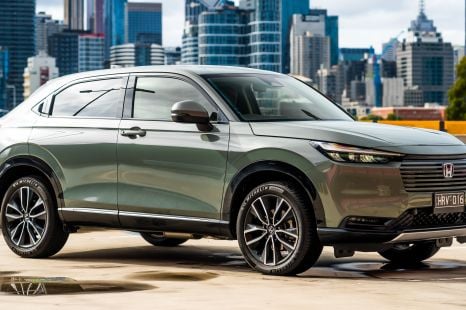

Josh Nevett
2 Days Ago
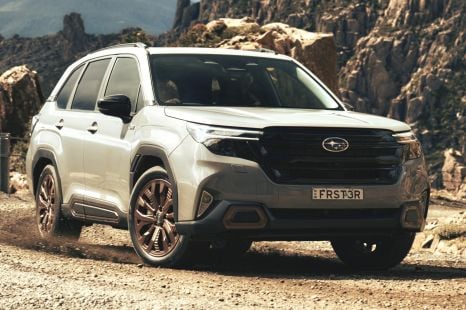

Max Davies
16 Hours Ago
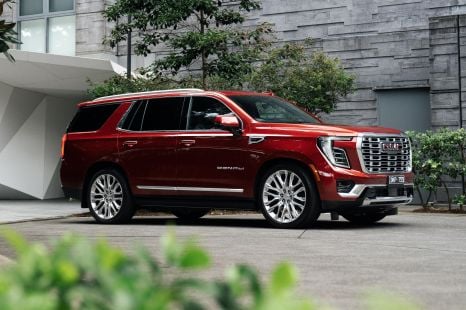

William Stopford
7.7
13 Hours Ago


CarExpert.com.au
10 Hours Ago